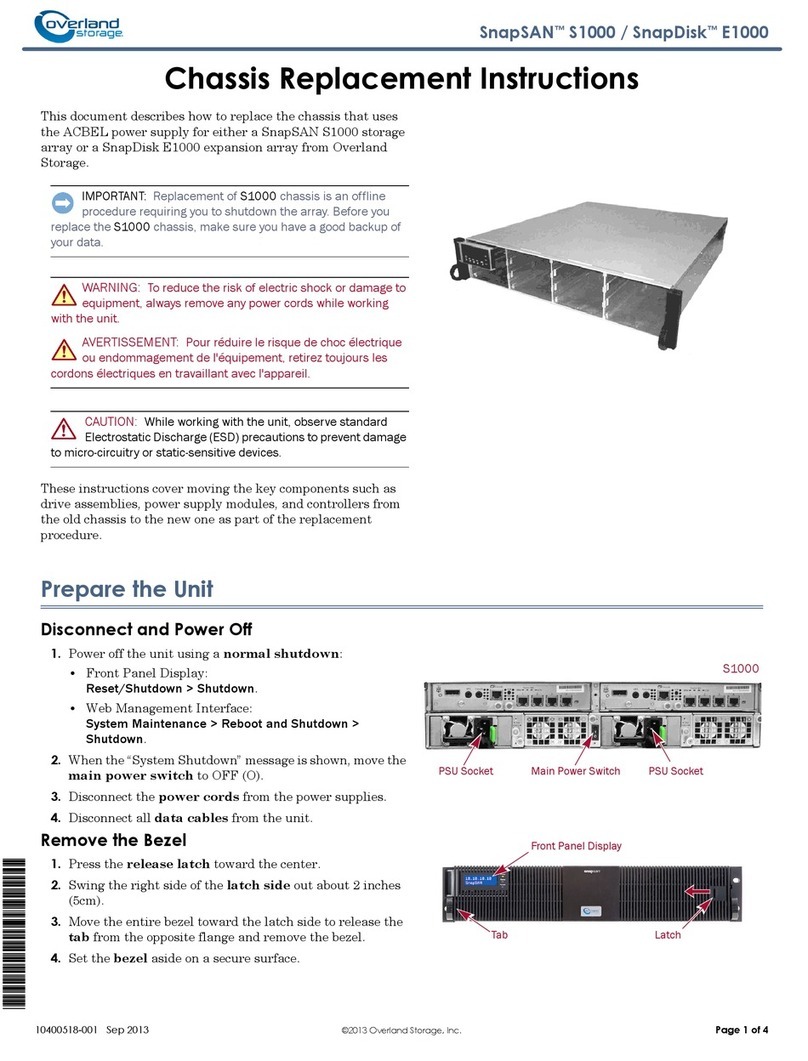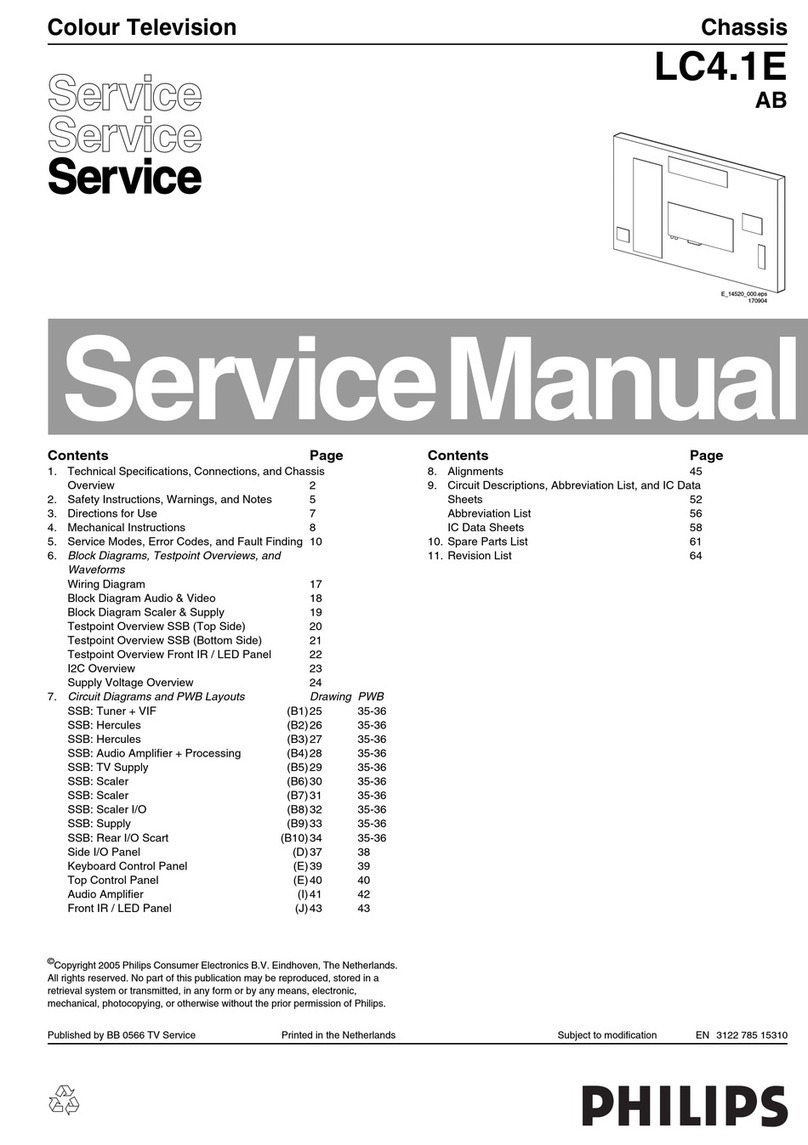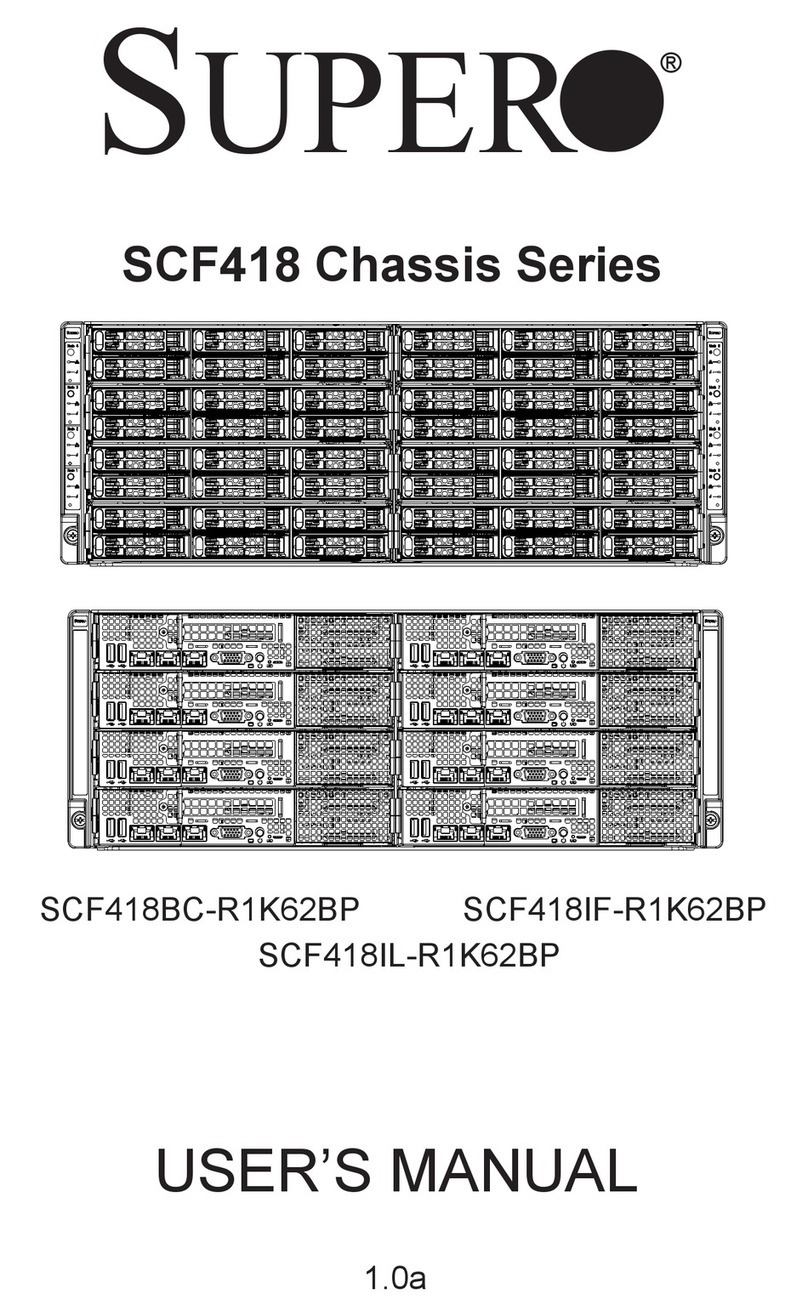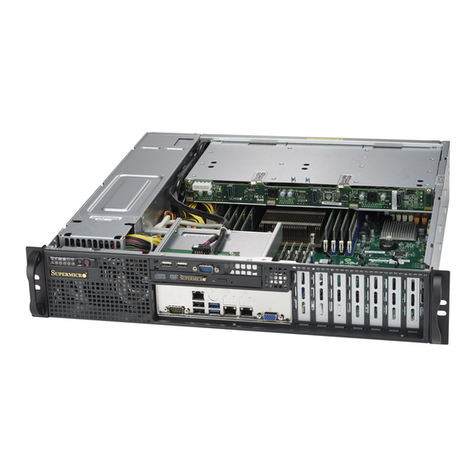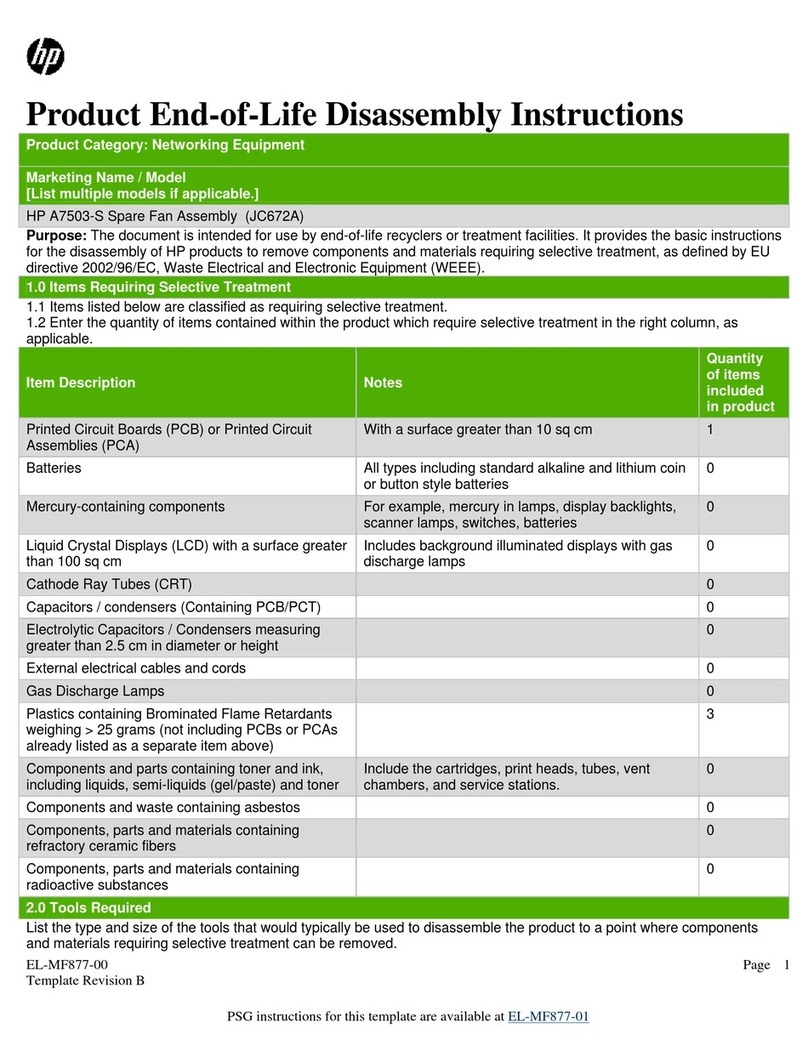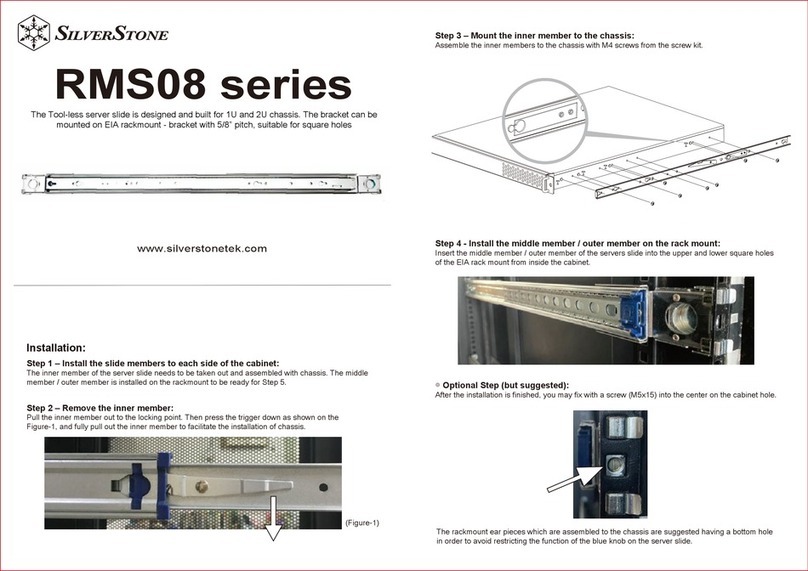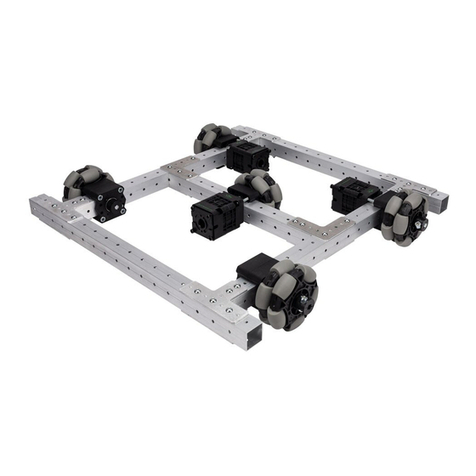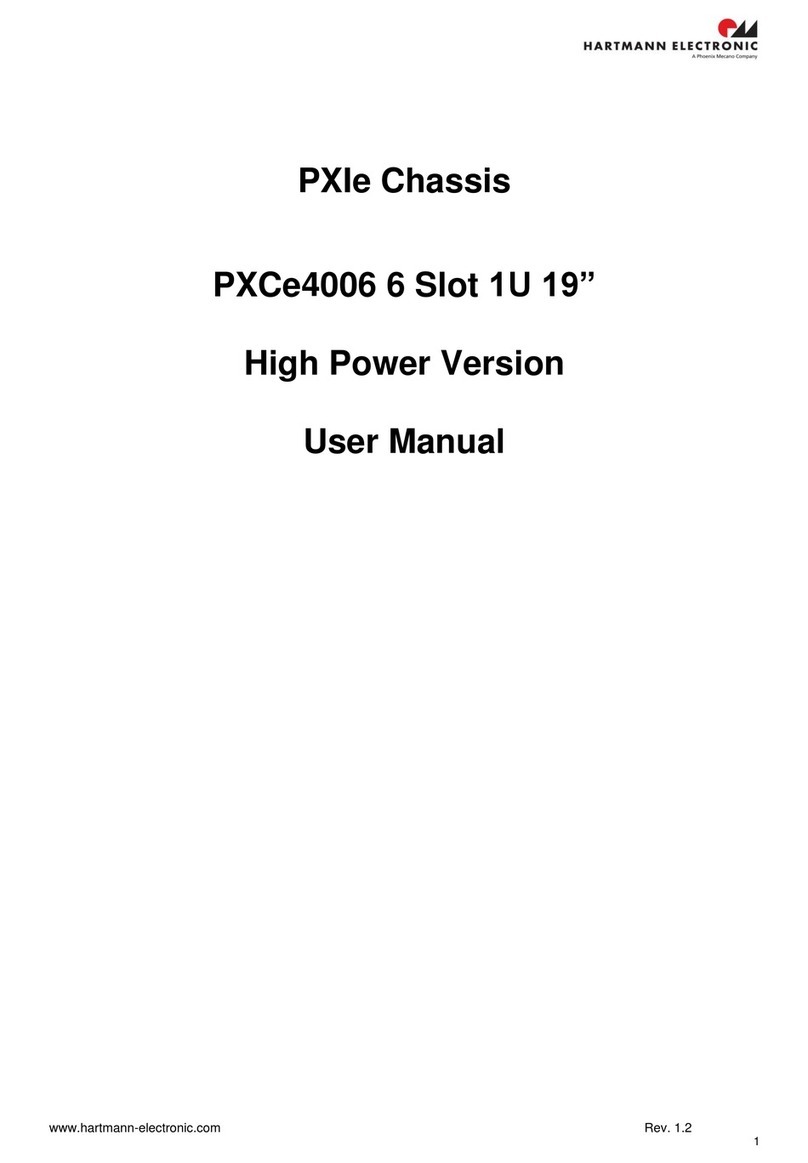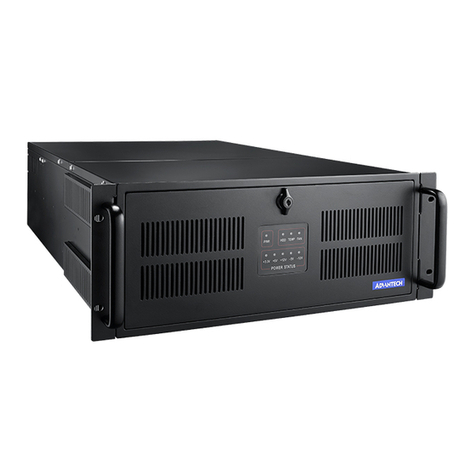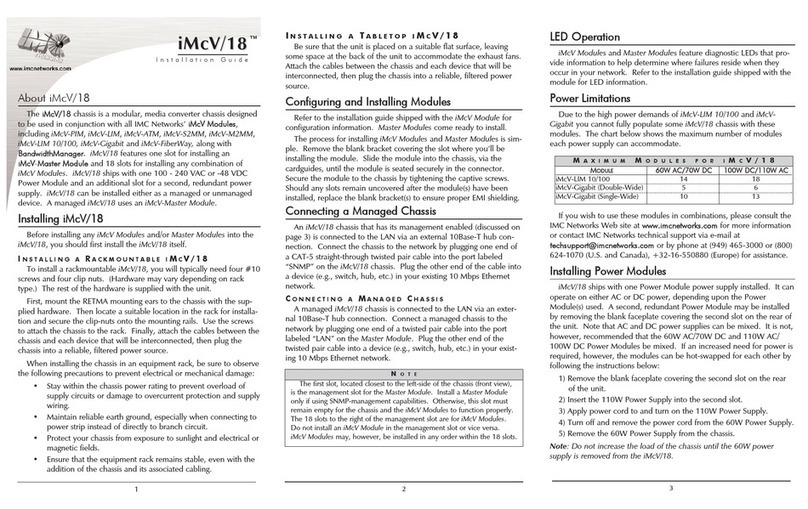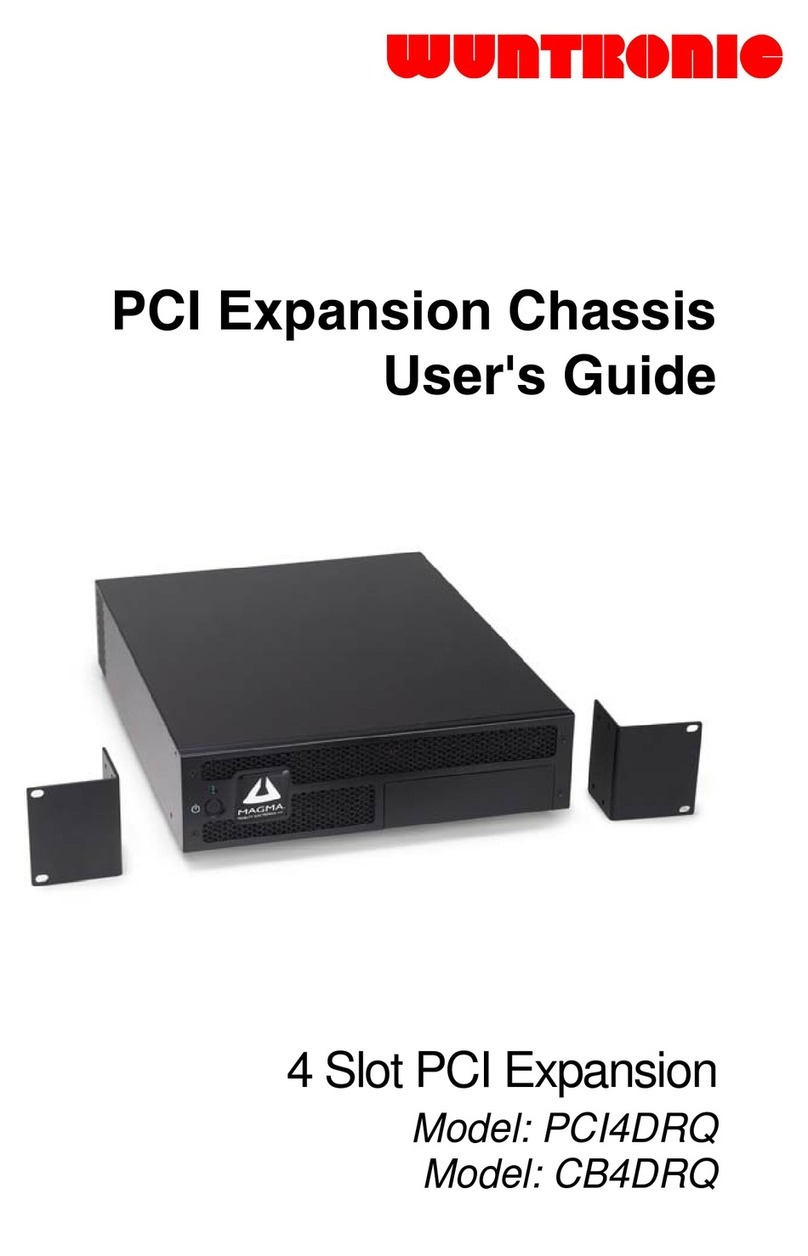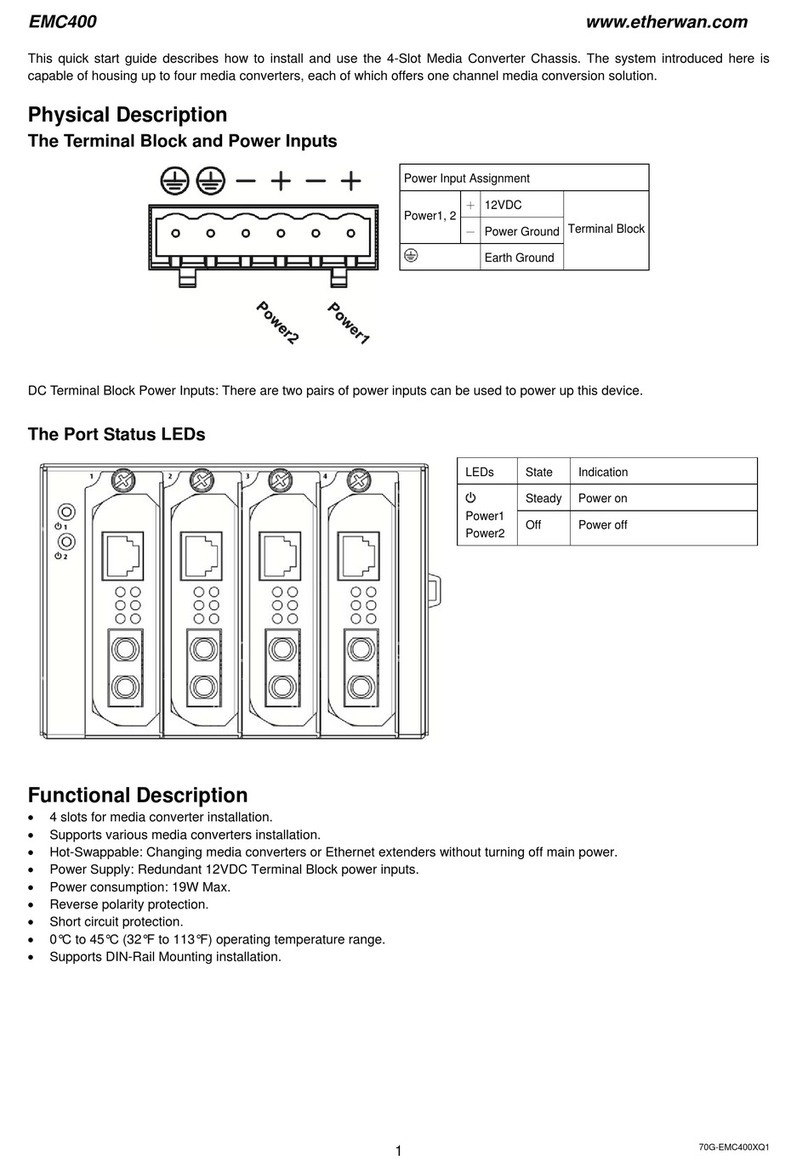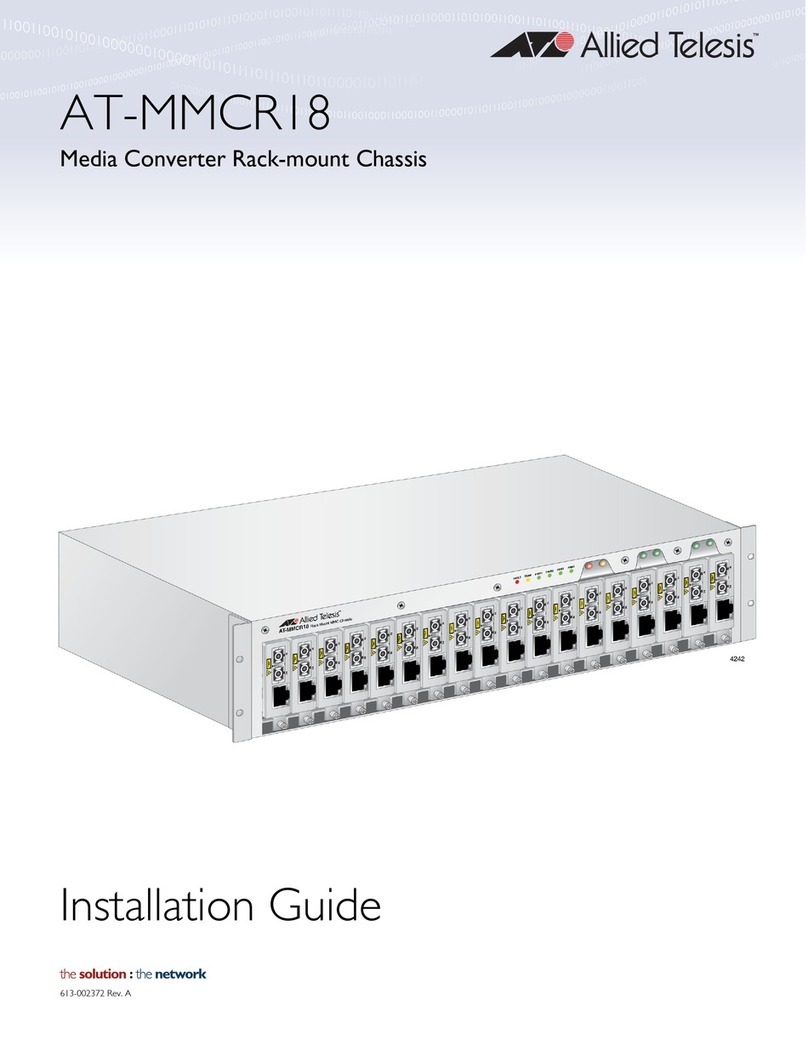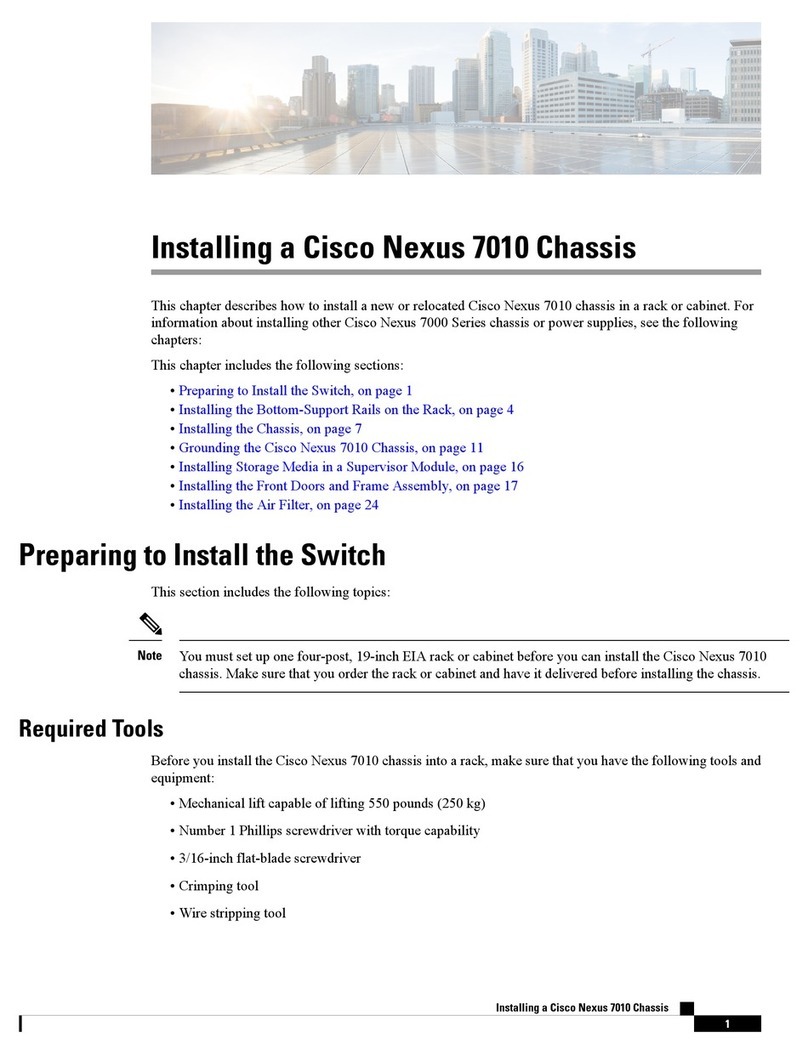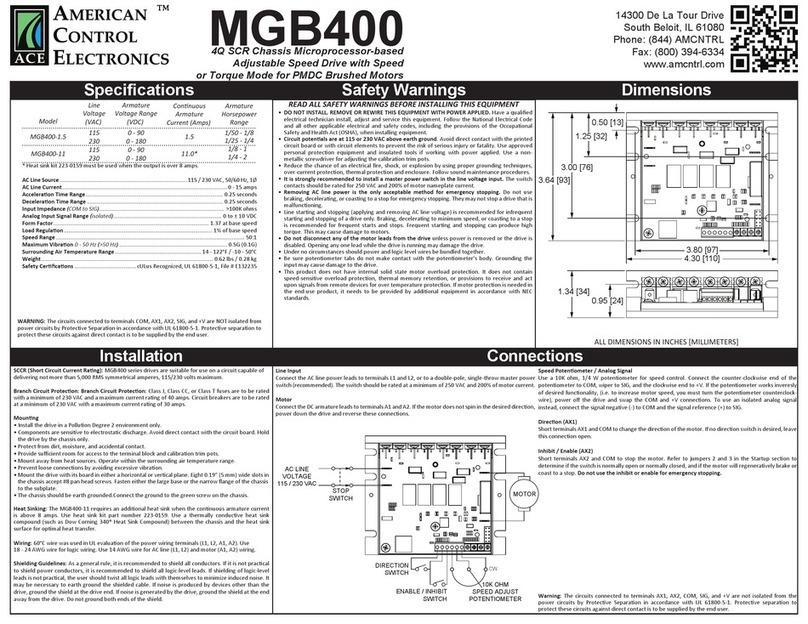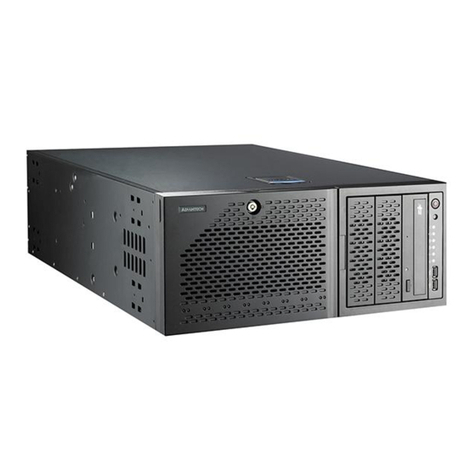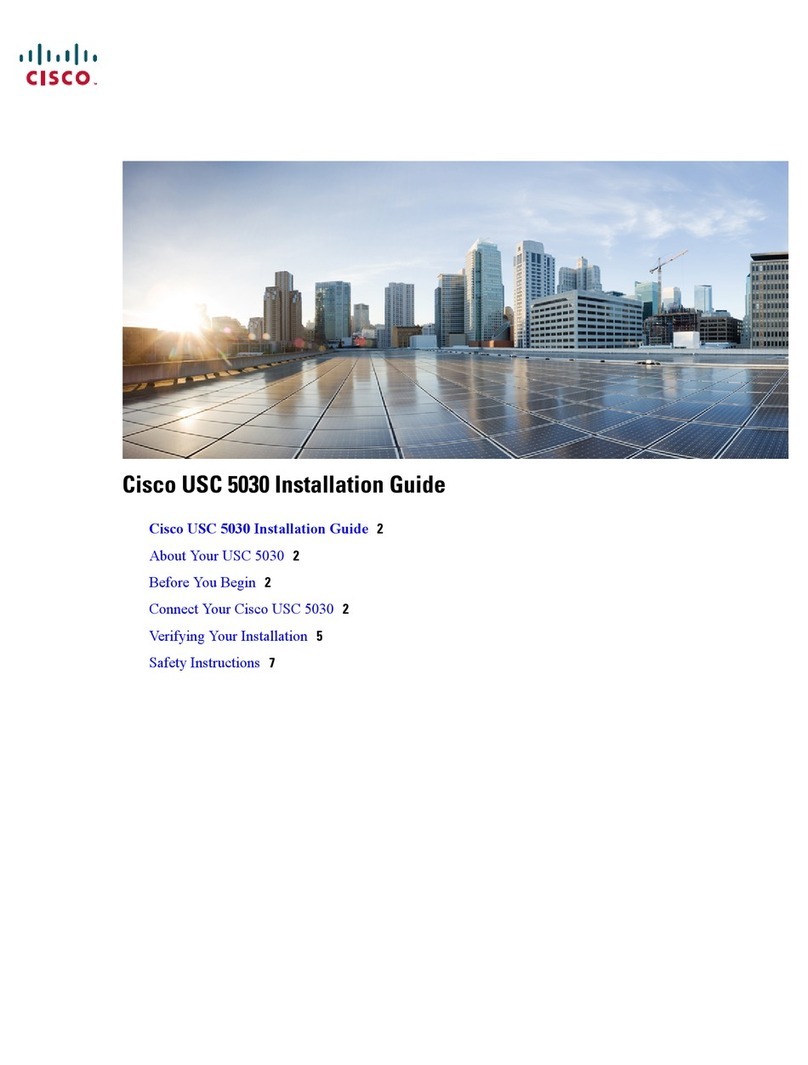
217-6327-751
VersaChassis Mini User Guide
vexpro.com
Copyright 2018, VEX Robotics Inc.
2018-08-16
VersaPlanetary Lite
The use of the VersaPlanetary Lite as the drive gearbox gives teams a
lightweight modular gearbox, helping to make it easier to iterate and optimize
your robot design.
The modularity of the VersaPlanetary gives teams the ability to change and
combine gear sets instead of having to buy a new gearbox or add external
gearing. In fact, a 2 stage VersaPlanetary gearbox can create up to 72 unique
gear ratios – the most of any COTS gearbox in FTC or VEX U.
Check out “VersaChassis Mini Speed Charts” to see what speeds you can get with different gear ratios, as
well as what speeds you should avoid based on the number of motors you’re using and the weight of your
robot.
VEX EDR & VEXpro Wheels
The VersaChassis Mini works great with VEX EDR and
VEXpro wheels. VEX EDR wheels give teams a high quality,
low cost wheel option. Teams can also reconfigure their
VersaChassis Mini with VersaHex Adapters to use wheels
from the VEXpro product line. More ideas on how to use
VEXpro wheels on your VersaChassis can be found in the VersaChassis Mini Tips & Tricks Guide.
Star Drive Screws
Stripped screws are a fact of life in competition robotics. Many VEX Robotics
Competition (VRC) teams use Star Drive Screws to combat this issue. These
screws have many advantages over tradition Hex Drive Screws. The Star
Drive shape has more surface area than Hex Drive which makes these
screws harder to strip. Additionally, these Star Drive Screws are cheaper
than the Hex Drive Screws available from online retailers or your local
hardware store. Most of the VersaChassis Mini assembly screws use these
Star Drive Screws. As a bonus, the VersaChassis Mini comes with (5x) T15 Star Drive Screwdrivers so
there’s no need to go out and buy special tools to assemble your VersaChassis Mini.
Power-to-Weight Ratio (PWR)
In competitions like the FIRST® Tech Challenge and VEX U where teams are given a fixed power budget (for
example, limiting the number of motors and batteries), it is important to consider a robot’s Power-to-Weight
